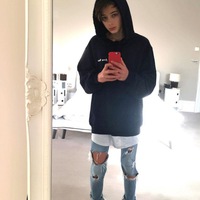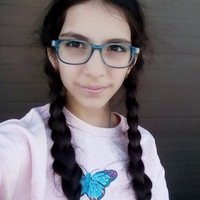
Какие контрастные цвета присутствуют в работах художника?
 0
0
 0
0
Ответы на вопрос
 Внимание! Ответы на вопросы дают живые люди. Они могут содержать ошибочную информацию, заблуждения, а также ответы могут быть сгенерированы нейросетями. Будьте внимательны. Если вы уверены, что ответ неверный, нажмите кнопку "Пожаловаться" под ответом.
Внимание! Ответы на вопросы дают живые люди. Они могут содержать ошибочную информацию, заблуждения, а также ответы могут быть сгенерированы нейросетями. Будьте внимательны. Если вы уверены, что ответ неверный, нажмите кнопку "Пожаловаться" под ответом.

Контраст по цвету
Этот самый простой из всех контрастов означает сопоставление чистых, не смешанных цветов. Можно пользоваться первичными, вторичными и третичными цветами, для усиления контраста подойдут черный или белый. Если черными линиями разделить отдельные цвета, это усилит контраст (см. иллюстрацию или вспомните картины Пита Мондриана). А если разделительные линии будут белого цвета, то это уменьшит контраст. В целом можно сказать, что такой тип контраста создает впечатление решительности и силы.Контраст светлого и темного
Этот тип контраста основан на взаимодействии цветов разной тональности. Добиться контраста светлого и темного можно: а) непосредственно сопоставив цвета с разной светлотой, например, желтый — это самый светлый цвет, а фиолетовый — самый темный; б) добавив к цвету белого, чтобы осветлить его, или черного, чтобы затемнить.
 0
0
 0
0

Contrastive Colors in Artworks
In the works of an artist, contrastive colors play a significant role in creating visual impact and interest. These colors are often used to create a sense of balance, harmony, and dynamism in the composition.
One of the prominent examples of contrastive colors is the use of complementary colors. Complementary colors are pairs of colors that are opposite each other on the color wheel. When used together, they create a strong visual contrast and vibrancy. For instance, the combination of blue and orange, red and green, or yellow and purple are commonly used as complementary color pairs in artworks.
Another way contrastive colors are utilized is through the use of warm and cool colors. Warm colors, such as red, orange, and yellow, tend to advance in space and create a sense of energy, while cool colors, like blue, green, and purple, recede and evoke a calming effect. When these warm and cool colors are juxtaposed, they create a striking visual contrast that can draw the viewer's attention and convey different emotions.
In addition to complementary and warm/cool color combinations, artists also employ analogous colors to create contrast. Analogous colors are groups of colors that are adjacent to each other on the color wheel, such as red, orange, and yellow, or blue, green, and teal. When used in conjunction, these colors can create a harmonious yet visually striking effect, showcasing the artist's skill in balancing contrast and unity within the composition.
Overall, the use of contrastive colors in an artist's work is a deliberate and thoughtful choice, aimed at enhancing the visual impact and emotional resonance of the artwork.
Would you like to explore any specific examples or further aspects of contrastive colors in artworks?
 0
0
 0
0
Похожие вопросы
Топ вопросов за вчера в категории МХК
Последние заданные вопросы в категории МХК
-
Математика
-
Литература
-
Алгебра
-
Русский язык
-
Геометрия
-
Английский язык
-
Химия
-
Физика
-
Биология
-
Другие предметы
-
История
-
Обществознание
-
Окружающий мир
-
География
-
Українська мова
-
Информатика
-
Українська література
-
Қазақ тiлi
-
Экономика
-
Музыка
-
Право
-
Беларуская мова
-
Французский язык
-
Немецкий язык
-
МХК
-
ОБЖ
-
Психология
-
Физкультура и спорт
-
Астрономия
-
Кыргыз тили
-
Оʻzbek tili




















